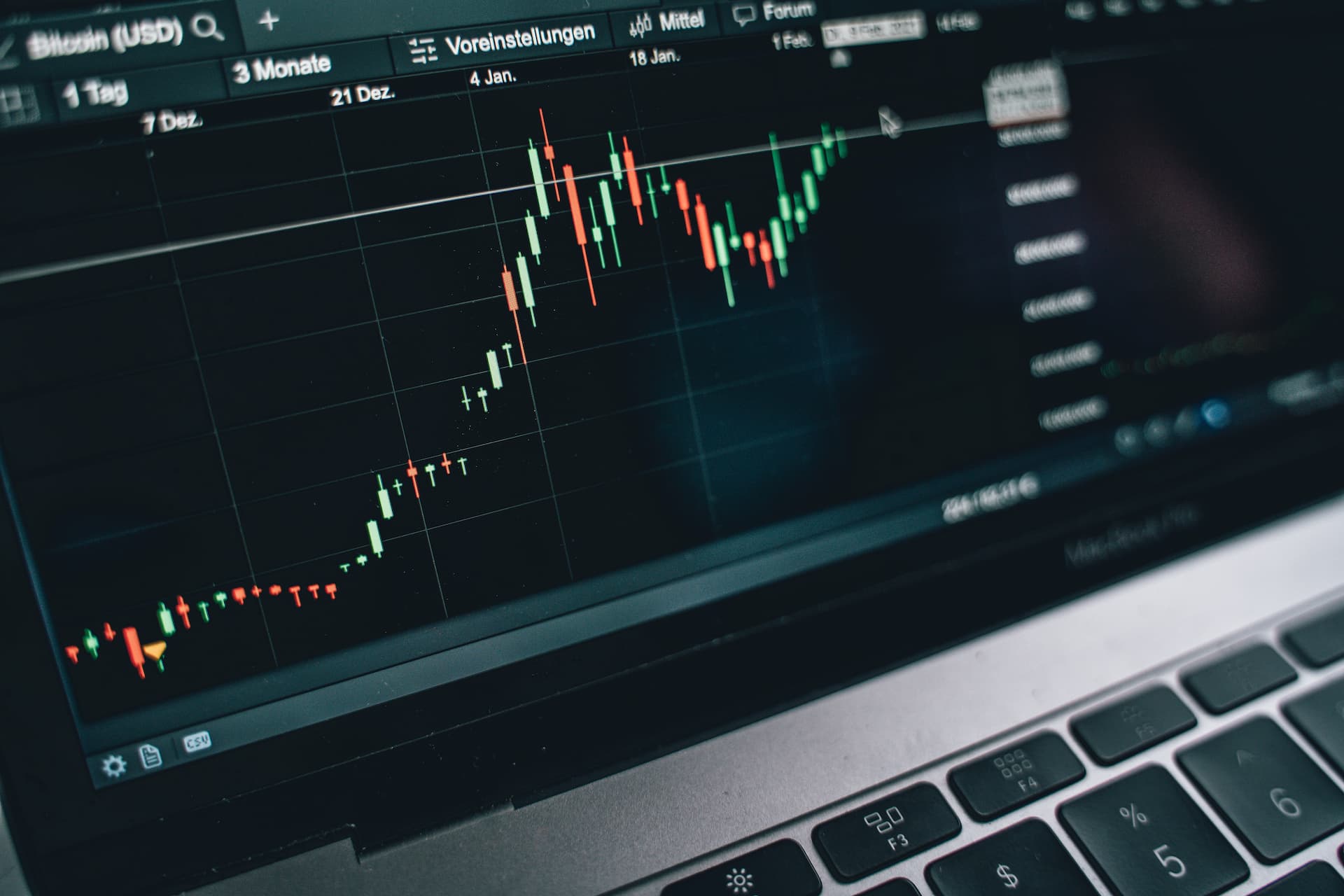Scalping is a trading style where you move across charts following a specific strategy. When it comes to scalping cryptocurrencies, it’s all about applying this trading style to the cryptocurrency charts – in other words, trading cryptocurrencies.
Simply put, the term “flaying” comes from the term “scalp,” which was once used as a prize in place of a severed head. This makes sense when you consider how difficult it would be to transport all those heads…
In trading terms, “speculation” can be translated to “underestimating the surface.” I coined it as “underestimating some indicators.”
Now, you will find it easier to absorb.
Table of contents
What is cryptocurrency speculation?
Scalping is an advanced strategy used in cryptocurrency trading. The name may sound strange, but in essence, It involves taking advantage of rapid price movements in cryptocurrencies within a very short period of time.
Imagine making small amounts of profit while the market moves at lightning speed.
The idea is Enter and exit positions in the blink of an eye, before prices change..
By doing this, we aim to accumulate many small trades throughout the day, which can lead to large gains over time. However, caution is essential because while it can be profitable, it can also be risky if not executed correctly – It requires experience and knowledge.

What do you need to trade cryptocurrencies?
To implement a scalping strategy, we need to be in touch with markets that are experiencing fast and consistent price movements. Not all cryptocurrencies or markets are suitable for this strategy, so we choose the ones that suit us best. In addition, we use technical analysis tools to understand market conditions and make informed decisions within seconds.
Advantages of speculation:
- Quick profits: Executing many trades in a short period of time means that even small price differences can add up to large cumulative profits.
- Wide opportunities: Speculators take advantage of intraday volatility, which is the fluctuation in prices over the course of a single day. These fluctuations can provide frequent opportunities to enter and exit the market profitably.
Disadvantages of speculation:
- expenses: With so many transactions, transaction costs can quickly add up. Trading fees and bid-ask spreads can also significantly reduce profits.
- Psychological and emotional stress: Speed trading requires quick thinking and constant decision-making, which can lead to increased stress and emotional pressure. Over time, this can lead to rash or ill-considered decisions.
- Time and dedication: As you can imagine, it requires intense dedication, with a lot of screen time.

Best Cryptocurrencies for Speculation
When considering which cryptocurrencies are best for speculation, it is important to consider a few factors that can affect the effectiveness of the strategy. Here, I explain the best cryptocurrencies for speculation and why they are ideal:
- Bitcoin (BTC): As a leading cryptocurrency with high liquidity, Bitcoin offers constant price movements and volatility – which is essential for effective speculation, which requires large price fluctuations in a short time.
- Ethereum (ETH): Like Bitcoin, Ethereum is widely traded and exhibits enough volatility to warrant speculation. Additionally, Ethereum is home to many DeFi and NFT tokens, which can lead to rapid price movements.
- Binance Coin (BNB): Binance Coin is the native token of one of the world’s largest exchanges, ensuring high liquidity and large trading volume.
- Cardano (ADA): Cardano has gradually gained popularity. Its volatility and community interest can create opportunities for speculation.
- Ripple (XRP): Ripple is known for its use in cross-border payment solutions, and its relationships with financial institutions and partnership announcements could drive price movements.
- Litecoin (LTC): As one of the oldest altcoins, Litecoin has an active user base and community, leading to price movements favorable to speculation.
- Solana (SOL): Solana has gained significant attention due to its fast processing capacity and scalability, which results in rapid price movements ideal for speculation.
Your choice of cryptocurrency to speculate on also depends on your knowledge and familiarity with it. Understanding price patterns, relevant news, and market behavior is crucial. Additionally, consider the market volatility and liquidity in your chosen trading arena.

Is speculation right for you?
It is important to highlight that scalping is not suitable for everyone. It takes a disciplined mindset.where you must be prepared to close trades quickly, even if you do not make a big profit.
You should also be aware of the risks and know when to back off to avoid big losses.
Scalping trading is suitable for you if you have a high risk profile, years of trading experience, and a strong knowledge base.
How to trade cryptocurrencies
The goal of cryptocurrency trading is to make quick profits by taking advantage of small price movements. Here is a step-by-step guide:
- Select your cryptocurrency: Start by choosing a cryptocurrency with high liquidity and volatility. Volatility is crucial for large price movements.
- Time frame: Choose short time frames, such as 1-minute or 5-minute charts.
- Technical Analysis: Use technical indicators and analysis tools to identify price trends or patterns. Some traders use moving averages, the relative strength index, the average convergence divergence index, and others.
- entrance: Wait for the right moment to enter the market. This could be when you spot a reversal pattern on candlestick charts or a breakout of resistance on line charts.
- Profit goal: Set a small but realistic profit target. For example, if the price goes up by $10, target a profit of $5. The goal is to take profit before the market reverses.
- Stop Loss: Set a tight stop loss to limit your losses if the market moves against you. This is important because scalping involves quick trades, and you don’t want to take on large accumulated losses. This limit is usually twice your profit target.
- exit: Once you reach your profit target or notice the market moving against you, close the trade. Remember that speculative trading profits accumulate over time.
Example of cryptocurrency speculation:
Let’s say you are trading Bitcoin (BTC) and you notice that the price is moving in a narrow range. Using technical analysis, you notice that the price is approaching a critical resistance level. You decide to enter the market by buying Bitcoin at $40,000.
You set a profit target of $20 and a stop loss of $10 below your entry point. The price quickly rose to $40,020, hitting your profit target. You closed the position and made a profit of $20.
In this example, I executed a successful trade by taking advantage of a small price movement within a short time frame.
Example of a speculation strategy
I will give you an example of a scalping operation conducted using Bitcoin on a 1-minute chart.

Let me illustrate the scenario. The orange rectangle represents a price support area that has been broken. On the blue line, I show what I think the price should do, which is that after breaking the support area, those who protected themselves with stop-loss orders just below it attack. The price pulls back a bit (our pullback), and we start trading when we see a strong red rejection candle pointing down.
In this case, my entry point for selling is the blue rectangle, my stop point is the red rectangle, and my target point is the green rectangle.
This trade took about 9 minutes, and we achieved a risk/reward ratio of 1.5, meaning that for every euro I risked, I made 1.5.
Swing Trading vs Day Trading
Scalping and day trading are two trading strategies that share similarities but also have key differences. While scalping focuses on executing many quick trades to make small profits in very short periods, day trading spans the entire day.
What these two strategies have in common is the need for strong risk management and a deep understanding of technical analysis.
Learn to speculate
If you want to learn scalping, I advise you to master other types of trading first, such as: swing tradingYou can adapt these methods in the short and medium term.
Jumping straight into speculative trading is like opening a window and throwing your savings, cold wallet, or credit card out the window – in other words, it’s gambling.
To make money in the markets, you need education, and for that purpose, this trading course is the best I know.



